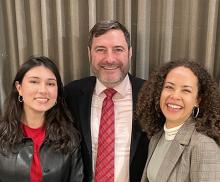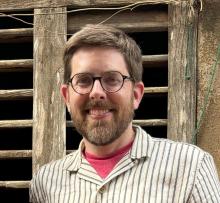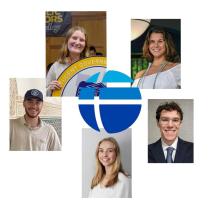On Saturday, Oct. 13, from 8:45 a.m. to 3:45 p.m., the Delaware Division of Historical and Cultural Affairs, in partnership with the Archaeological Society of Delaware, will present “Queenstown and the Early Colonial Delmarva: An Archaeological and Historical Symposium.”
Adjunct Professor of Anthropology Henry Miller will present “Deciphering the Architecture of Henry Coursey’s My Lord’s Gift.” According to Miller, “Henry Coursey was one of the most prominent 17th-century residents of Maryland, arriving in 1649 from Ireland. He became a member of the Governor's council, was Chief Justice for Maryland, militia colonel, and the colony's chief negotiator with native peoples. His plantation, dating ca. 1655 to 1750, was discovered during golf course construction at Queenstown, just past the Bay Bridge on the Eastern Shore in 1990.
We had two and a half months to rescue the site and almost all of which was volunteer. I analyzed the fascinating architecture of the site and report on what it tells us about Coursey, his enslaved work force, and the evolution of architecture in early Maryland. This is the first 17th-century site on the Eastern Shore on which intensive excavation occurred not only on the main structure but also on the kitchen and other nearby outbuildings.”
The symposium will take place at the New Castle Court House Museum at 211 Delaware St. in New Castle, Delaware. Admission is free and open to the public.



